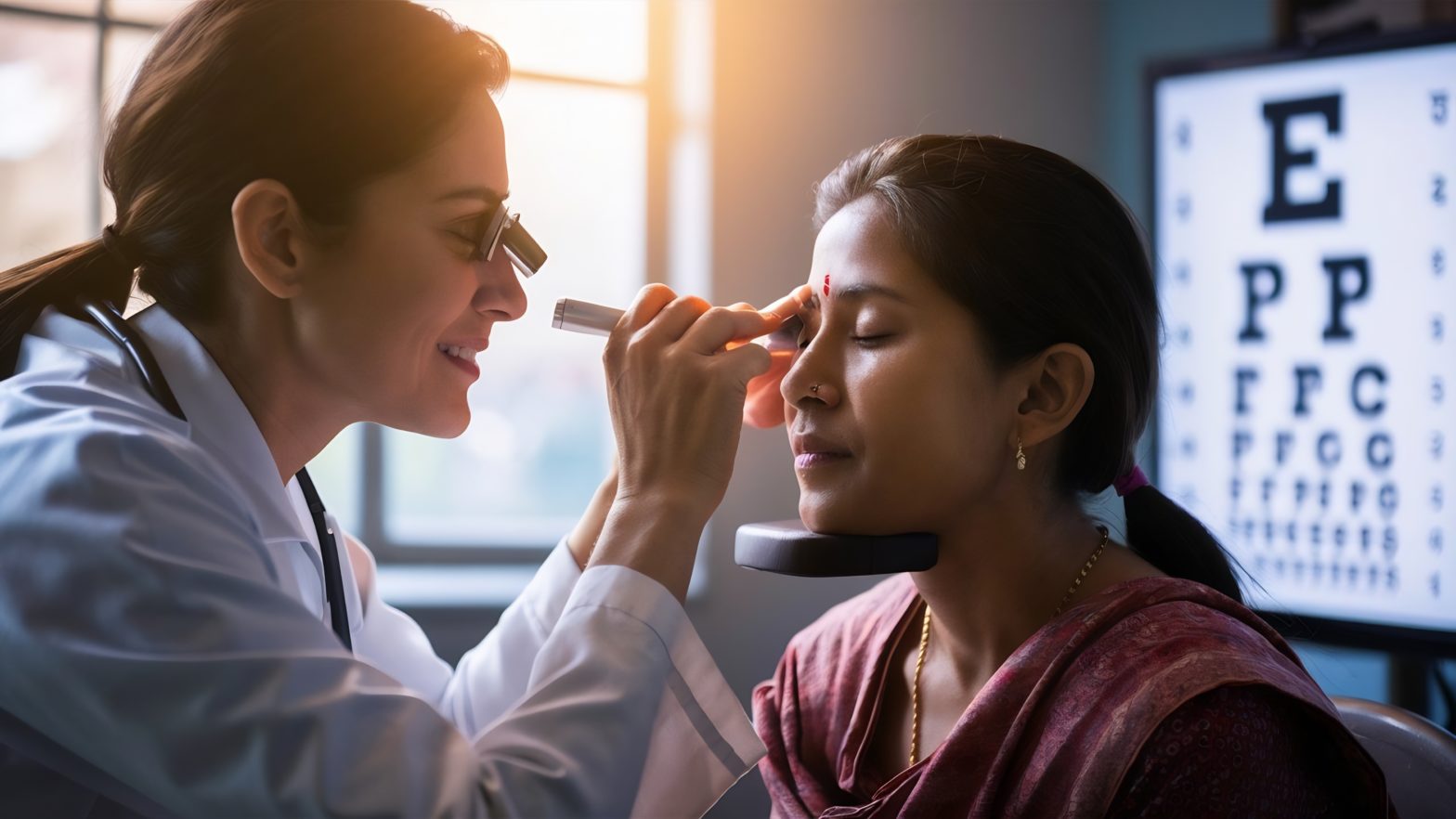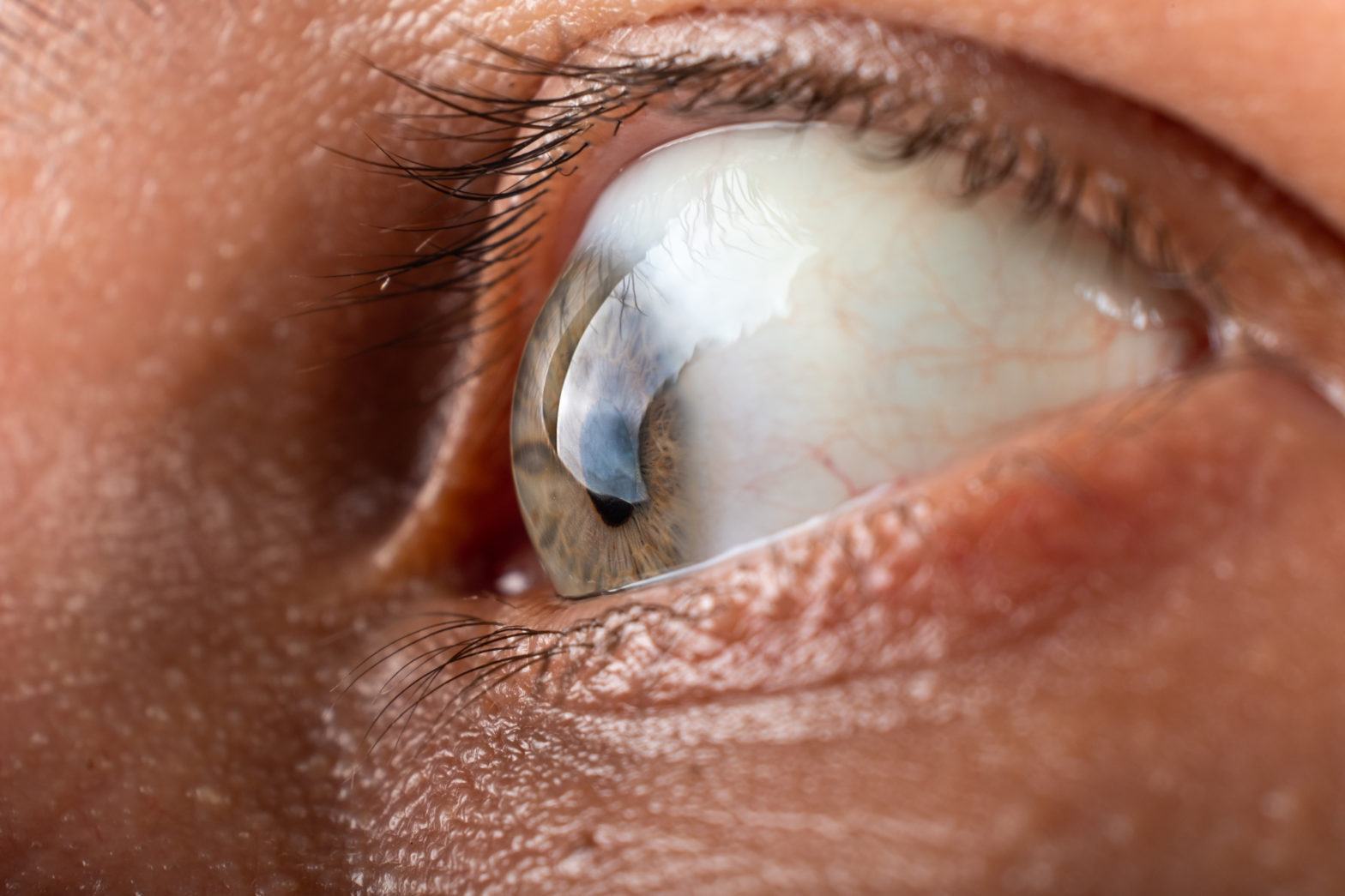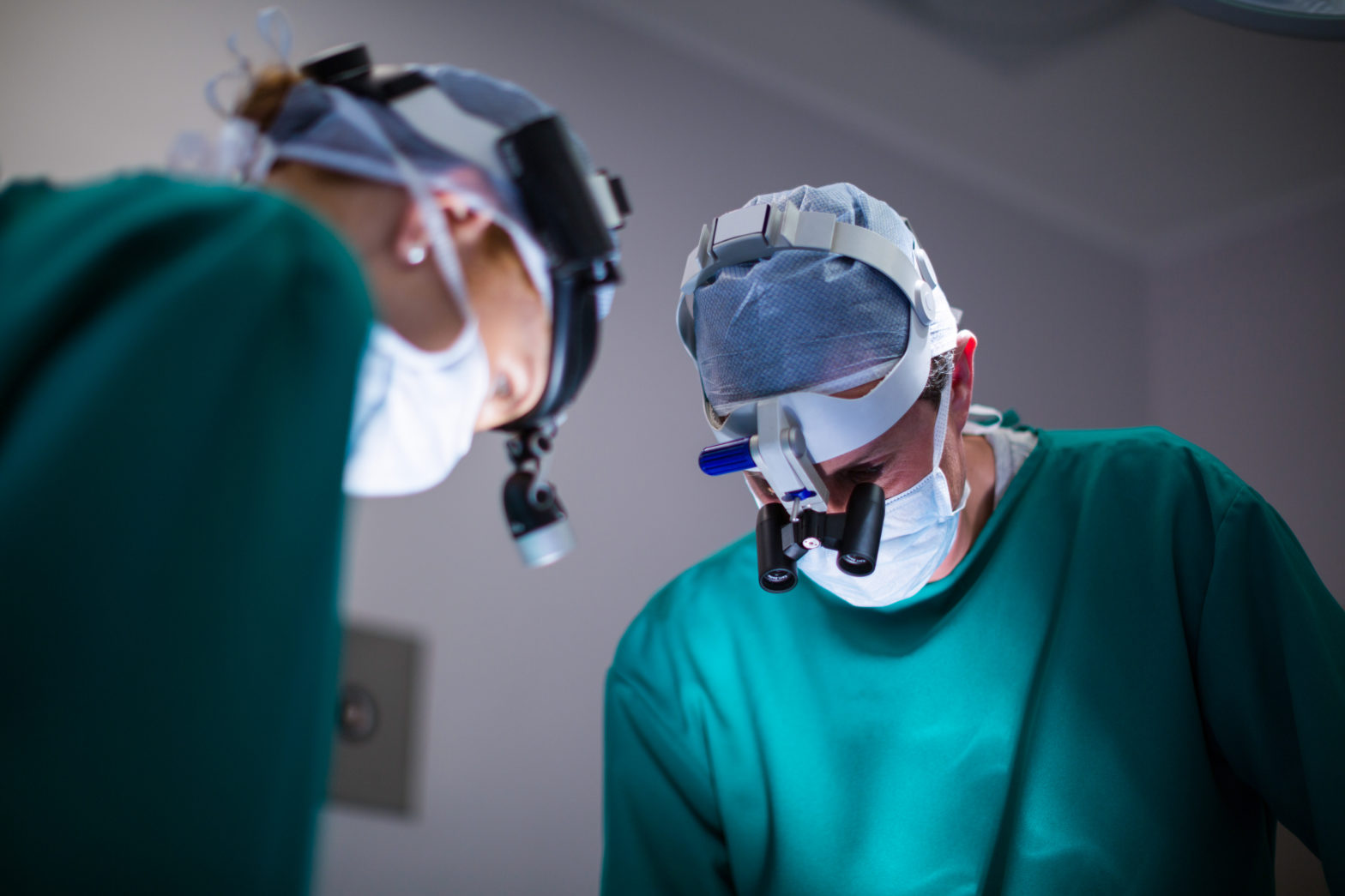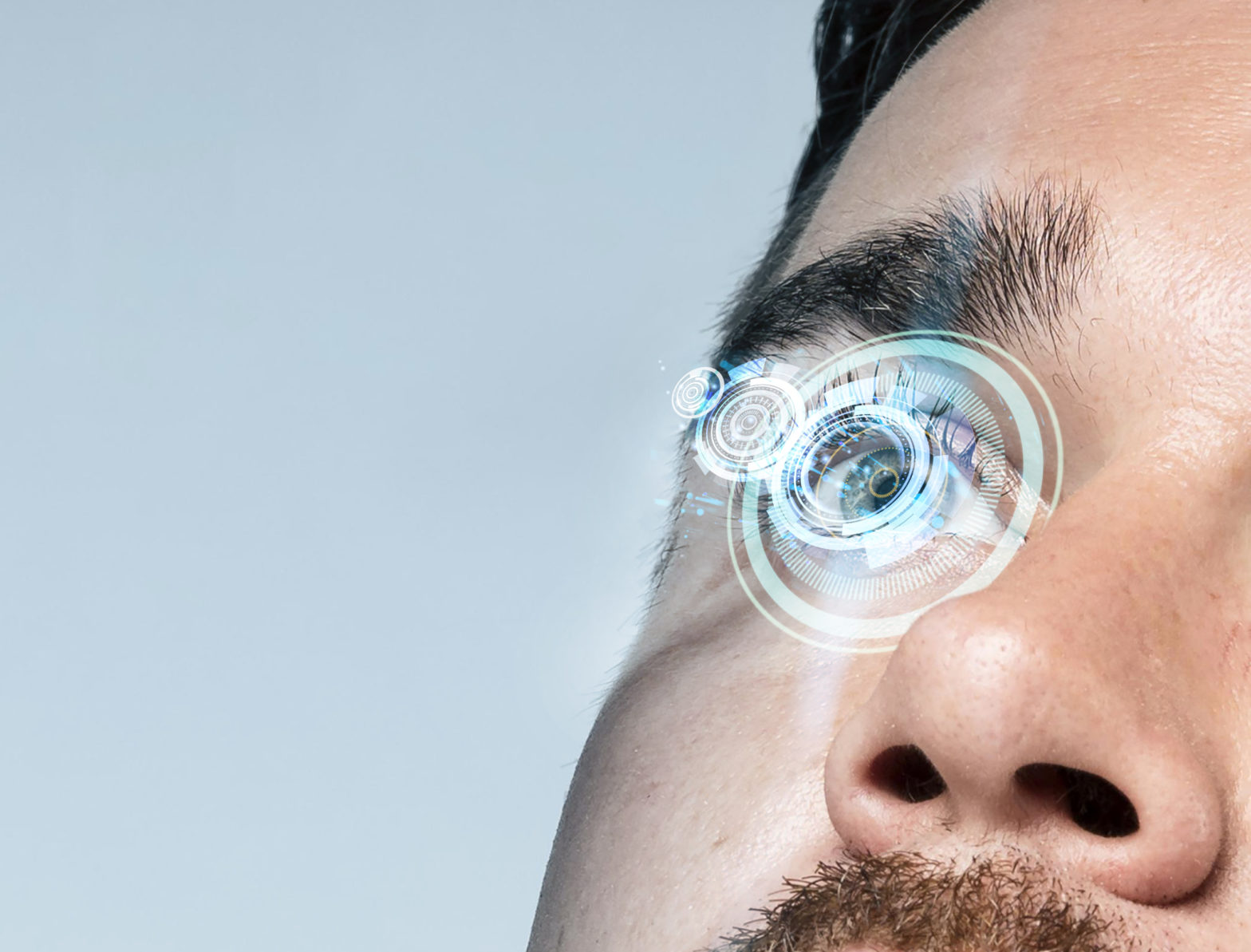In the ever-evolving landscape of modern medicine, diabetic retinopathy (DR) stands as one of the most pressing challenges for individuals living with diabetes. A silent and stealthy invader, DR often creeps in unnoticed, threatening to steal one of the most precious gifts of life—vision. But the good news is, with awareness, proactive prevention, and effective management, this condition can be tackled head-on.
Let’s dive deep into the world of diabetic retinopathy—exploring its causes, unveiling strategies to prevent it, and understanding how to manage this sight-threatening condition.
Understanding Diabetic Retinopathy: A Peek Behind the Veil
Diabetic retinopathy is a complication of diabetes that affects the retina, the light-sensitive tissue lining the back of the eye. This condition occurs when high blood sugar levels damage the tiny blood vessels in the retina, leading to leakage, swelling, or abnormal growth of new vessels. Left unchecked, these changes can lead to vision impairment or even blindness.
The condition progresses through four distinct stages:
- Mild Non-Proliferative Retinopathy: The earliest stage, where microaneurysms (small balloon-like swellings in blood vessels) begin to form.
- Moderate Non-Proliferative Retinopathy: Blood vessels start to lose their ability to transport blood, leading to retinal damage.
- Severe Non-Proliferative Retinopathy: Blocked blood vessels deprive the retina of oxygen, triggering signals for new, fragile blood vessels to grow.
- Proliferative Diabetic Retinopathy (PDR): The advanced stage, where abnormal blood vessels grow on the retina and into the vitreous gel, potentially causing severe vision problems, including retinal detachment.
Causes of Diabetic Retinopathy: More Than Meets the Eye
At its core, the root cause of diabetic retinopathy lies in persistently elevated blood sugar levels. However, several contributing factors exacerbate the risk:
- Duration of Diabetes: The longer a person has diabetes, the higher the likelihood of developing DR.
- Poor Blood Sugar Control: Fluctuating or consistently high glucose levels can accelerate damage to retinal blood vessels.
- Hypertension: High blood pressure compounds the strain on already fragile retinal vessels.
- Cholesterol Levels: Elevated LDL cholesterol can increase the risk of retinal vessel blockages.
- Smoking: A major culprit in vascular damage, smoking can worsen DR outcomes.
- Pregnancy: Gestational diabetes or pre-existing diabetes during pregnancy can heighten DR risks.
Prevention: Shielding Your Vision from Diabetic Retinopathy
Prevention is always better than cure, and in the case of diabetic retinopathy, proactive steps can make a world of difference. Here are actionable strategies to safeguard your vision:
1. Maintain Optimal Blood Sugar Levels
- Strive to keep your HbA1c below 7%.
- Monitor your glucose levels regularly and adhere to your prescribed medication regimen.
2. Monitor Blood Pressure and Cholesterol
- High blood pressure and cholesterol levels are double-edged swords for your eyes.
- Work with your healthcare provider to manage these effectively through diet, exercise, and medication.
3. Adopt a Healthy Lifestyle
- Incorporate a balanced diet rich in fruits, vegetables, lean proteins, and whole grains.
- Regular physical activity (at least 150 minutes per week) can help improve overall metabolic health.
4. Quit Smoking
- Smoking damages blood vessels and accelerates the progression of diabetic retinopathy. Seek support to quit if necessary.
5. Annual Eye Exams
- Early detection is key. Schedule annual dilated eye exams, even if you don’t notice any vision changes.
Management: Navigating the Path to Healthier Vision
Once diabetic retinopathy sets in, managing it becomes a team effort between you and your healthcare providers. Thankfully, several advanced treatment options are available today:
1. Medications (Anti-VEGF Therapy)
- Anti-VEGF injections (e.g., ranibizumab, aflibercept) are designed to inhibit the growth of abnormal blood vessels and reduce swelling in the retina.
2. Laser Treatment
- Focal/Scatter Laser Treatment: Laser therapy seals off leaking blood vessels or shrinks abnormal ones, reducing the risk of vision loss.
3. Vitrectomy
- In severe cases, where bleeding or retinal detachment occurs, a vitrectomy may be necessary to remove the vitreous gel and repair the retina.
4. Tight Glycemic Control
- Even after diagnosis, maintaining optimal blood sugar levels can prevent further damage and slow disease progression.
5. Comprehensive Care
- A multidisciplinary approach involving ophthalmologists, diabetologists, and nutritionists ensures holistic care for the individual.
Hope on the Horizon: Innovations in Diabetic Retinopathy Care
The field of ophthalmology continues to advance, offering new hope for individuals battling diabetic retinopathy. Here are some exciting developments:
- Artificial Intelligence (AI) in Screening:
- AI-powered tools can detect early signs of DR from retinal scans, facilitating early intervention.
- Gene Therapy:
- Researchers are exploring gene-based treatments to restore damaged retinal cells.
- Implantable Drug Devices:
- Long-acting implants releasing anti-VEGF drugs over several months are on the horizon, reducing the need for frequent injections.
- Telemedicine:
- Remote consultations and retinal imaging make it easier for patients in remote areas to access care.
A Vision for the Future
Diabetic retinopathy is not a death sentence for your vision. With vigilance, proper care, and timely intervention, its progression can be slowed—or even halted. Whether you are living with diabetes or supporting someone who is, remember that the power to protect your sight lies in your hands.
Let this blog be a clarion call to prioritize eye health. Schedule that long-overdue eye exam, make lifestyle changes, and stay informed. Together, we can transform the narrative of diabetic retinopathy from one of loss to one of hope and empowerment.
Because every eye deserves the light of the world. Don’t let diabetic retinopathy dim yours.









